Sharing is caring!
Is Shakespeare on your radar for teaching this year? Maybe you have to teach Romeo and Juliet? If you’re looking for a way to revamp your unit plans consider adding some poetry for Romeo and Juliet. Keep reading for eight classic and contemporary poems that will add dimension to your Shakespeare unit!
This is part of a series about poetry and revamping your Shakespeare unit. Check out the first post about introducing Shakespeare with 5 poems. And the second post with poems for introducing Shakespeare’s plays based on different themes.
Essential Questions
There are several themes that can translate into essential questions for Romeo and Juliet. Here are some that I have used when I’ve taught the play:
- Is true love fantasy or reality?
- Is revenge or violence ever acceptable?
- How do relationships shape people’s or society’s values?
- How do time and place shape a writer’s work?

Another option to further explore poetry and Shakespeare is to introduce students to literary theory. Check out this New Historicism lesson that explores the writer and writing in their time and space. Introduce this literary theory with a full presentation, keyword definition, guiding questions, EXTENSIVE teacher notes to prepare you to be comfortable leading the lesson, plus an example text and analysis.
Poetry Pairings
This poetry for Romeo and Juliet will work regardless of the essential question(s) you might have chosen for the unit. Read on for all eight poetry pairings, plus ways to include them in your unit of study!

This poem by Christopher Marlowe – a contemporary of Shakespeare – is from Hero and Leander. This excerpt connects well to Romeo and Juliet’s storyline.
Consider the opening and closing of this 10-line excerpt: It lies not in our power to love, or hate, / For will in us is over-rulde by fate. [..] Where both deliberat, the love is slight, / Who ever lov’d, that lov’d not at first sight?

This 2017 poem won a student writing contest. It was written in response to the poet/student reading Romeo and Juliet in class. This could make for a great inspiration to have students write their own poem in response to the play. Consider running a poetry contest with the students’ submissions. Use a bracket-style set-up where two poems compete and one moves on.

This 8-line poem published in Poetry Magazine in 1928 features a stanza of synopsis and a stanza of commentary. The use of hate and love along with some rose imagery make this one particularly poignant in its brevity.

This poem published posthumously in 2015 by the 1996 Nobel Prize Winner for Literature challenges assumptions about falling in love. The poem itself tells the succinct story of a couple. The best part of this is that there’s an illustrated version of the poem that would be a strong companion piece to a study of Romeo and Juliet.
In Canada you can buy the book here. In the US you can buy the book here.
These are affiliate links and so I earn a small commission from each sale that helps to keep this site running! Thank you for your support.

This sonnet from 2002 in the poet’s debut publication Open House: Poems was chosen by Adrienne Rich as one the best American poems in 1996. The poet writes about knowing what love is but that she doesn’t want to share that definition at a happy occasion. The poem includes imagery that helps to make the point.

This 1904 poem brings to mind Emily Dickinson with its opening line. While both use nature imagery, Hartmann was more dedicated to his poetic hero Walt Whitman. A cross-reading of these poets would make an interesting lesson. Another lesson idea is to dig deeper into Hartmann. Read more at the Academy of American Poets and Encyclopedia Britannica.

This 2006 poem provides reasons why the narrator married their partner but it is particularly apt in connecting to Juliet. The opening lines make that clear: I married you / for all the wrong reasons, / charmed by your / dangerous family history. However, the closing line reveal a different fate for this couple, which could be used for a “what-if” discussion after students know the play’s ending.

This poem from Chords and Discords (1920) is a 4-stanza treatise on love and nature in response to the title. Walter Everette Hawkins is notable as a precursor poet of the Harlem Renaissance. Read more of his work in his 1920 collection.
The Slowdown, a poetry podcast, has a lovely reading of this poem available online.
How To Include These Poems
- Choose 2-3 to start your study of the play. Use them to predict the content or theme(s) of the play.
- Include different poems throughout the play. Perhaps adding a poem after a specific act or scene that best fits.
- Choose a few poems to close out the play to have students identify the connections to the play. This works really well as a final assignment in written or presentation form for students to demonstrate their knowledge and understanding of the play, plus their ability to apply it in order to make connections to secondary texts.
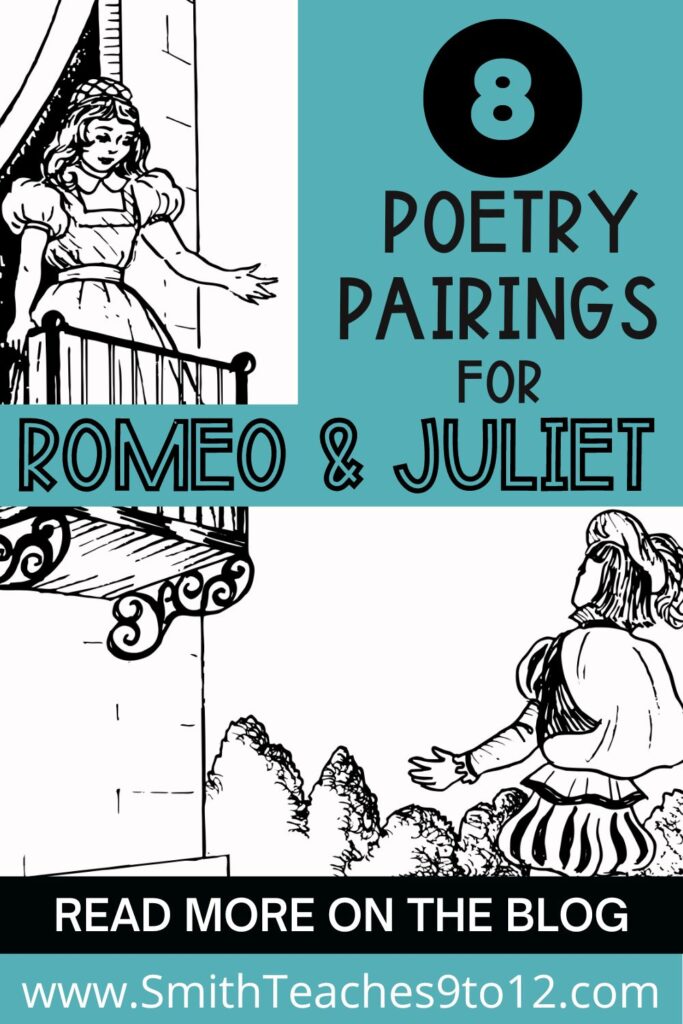
Activities With These Poems
- Create a gallery walk with several poems and have students wander to record their connections to the play.
- Complete a Venn diagram with one poem. Assign it to a student or a pair of students to complete.
- Create small groups that explore 2-3 poems. What do they see in common with the poems and the play? Record their connections on big paper. Complete a ghost walk to check out other groups’ work.

TEACHER TIP: A ghost walk can take plan after students record their contributions. This is a chance to wander and check out the work other groups completed. It’s a way to share with the whole class with a purpose – collecting more info to add to their notes – and it can be done without being loud. I like to play a 3-minute song to complete a ghost walk, which usually helps to keep students quiet and on task too!
Including poetry for Romeo and Juliet works as a way to expand the unit with different and more diverse voices. It also extends student analysis and understanding of the play as well as their abilities to make connections beyond the play.

Related Articles:

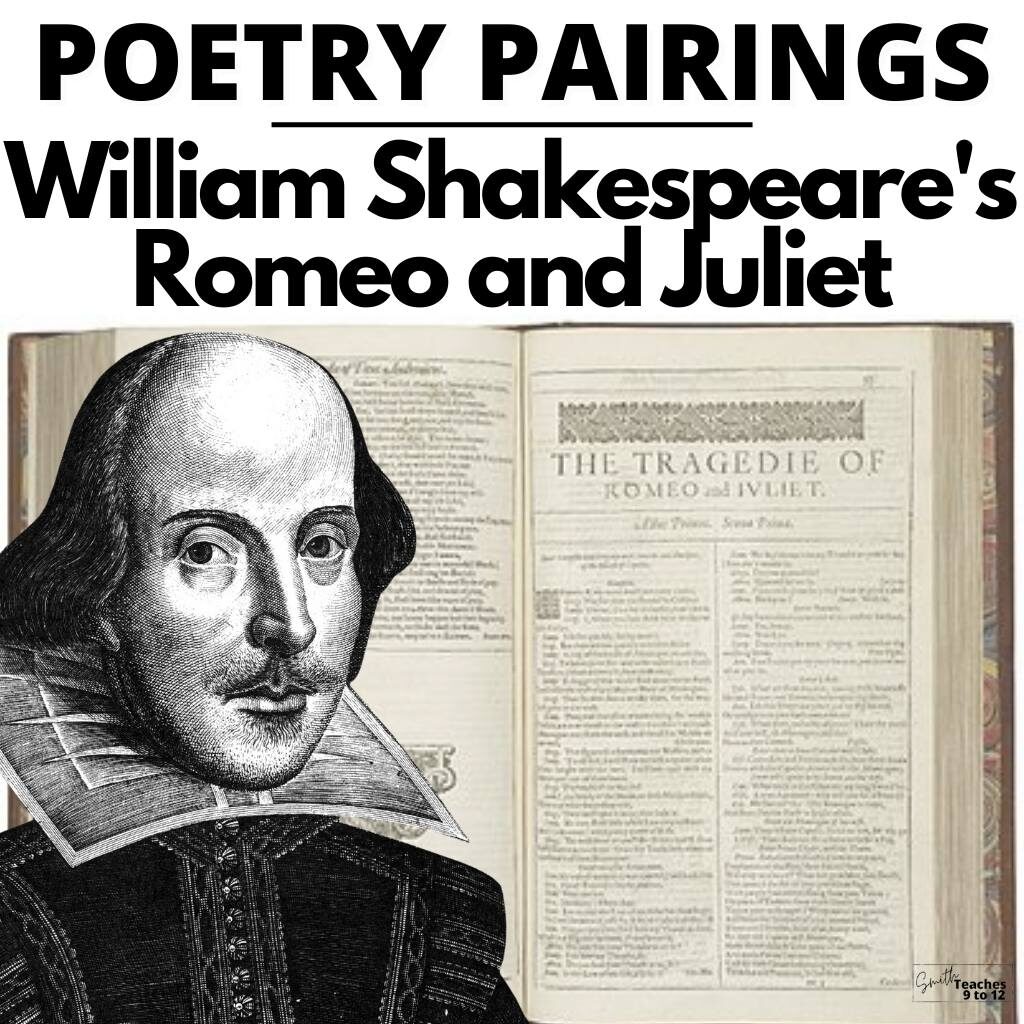
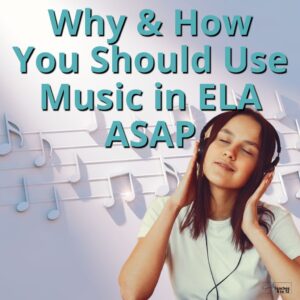
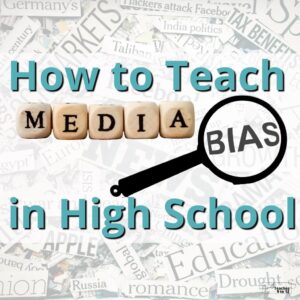
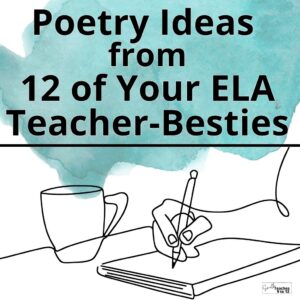
3 Responses